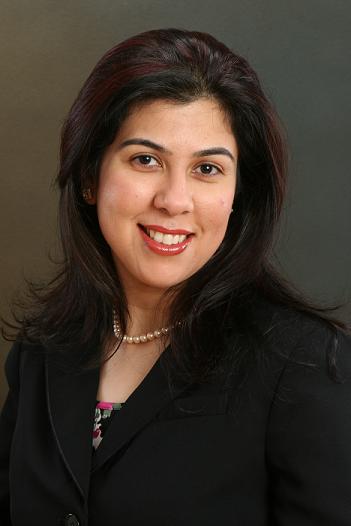Contribute
| “Cramming†For The Cost Of College |
Kanan Sachdeva
03/27/2012
The thought of saving for college crosses almost every parent’s mind, sometimes even before their child is born. Yet, for various reasons, a college savings fund often does not become a reality until many years later, if ever. Whether or not you start saving for your child’s education early on, the cost of that college education will continue to increase and, most likely, more than double from the time a child takes her first step to the day she starts freshman year.
Few would dispute the value of a college education. Aside from the personal and intellectual growth, the financial reward is undeniable. In the U.S., four-year college degree graduates earn on average 65 percent more than those with only a high school diploma. Those with a master’s degree earn almost twice as much, and those with professional degrees, almost three times as much as high school graduates. Over a lifetime, those with an undergraduate degree can expect to earn about 66% more than those with a high school diploma.1
Still, the price of a degree could jolt almost anyone’s budget. During the ten year period from 2000 to 2010, the nation’s average public and private college costs including tuition and room and board rose by an average annual rate of 4.2% and 2.8%, respectively.2
When tuition, on-campus housing, books, supplies, transportation and other personal costs are factored in, the average cost to attend a public four-year university or college for one year is $20,339, and $40,476 at a private institution.3
If these trends continue, most parents who plan to help fund their children’s education can’t afford to put off saving for it. (See chart)
Reducing sticker shock
To help you determine how much money you will need to pay for an education once your child reaches college age, there are a number of on-line calculators such as those found at www.finaid.org, www.collegeboard.com or http://kanansachdeva.nmfn.com. Unless your children are elementary school age or younger, involve them in the process to determine if your child:
• plans to attend a private or public college or university, community college or technical institute.
• wants to live at home or on campus while attending school.
• may take more than four years to finish school.
"Cramming" for College
It is never too early to begin saving for college. A great place to start includes any of the most popular plans used today such as Section 529 plans. Coverdell Education Savings Accounts (ESA), Custodial Accounts, and cash value life insurance. In addition to the possible benefits of compounding, these plans may also provide some great tax advantages.
Better late than never
No matter how late in the education savings game you get started, if, after factoring in the amount you already have saved, you still fall short, various options may be available including:
• Grants and Scholarships: Your child need not be a budding Einstein in order to qualify for some of the existing scholarships. Grants based on such factors as your income, place of employment, or even a relative’s military service, are available to qualifying individuals.
• Student Loans: The Federal Student Aid Information Center provides a variety of free publications that are available by calling 1-800-4-FED-AID (1-800-433-3243). Their Web site www.federalstudentaid.ed.gov allows you to complete the Free Application for Federal Student Aid (FAFSA) on-line. It also provides tips on reducing college costs, finding non-federal scholarships and other helpful topics.
• Home Equity Loans: In some instances, the best option to help pay for college education can be leveraging the equity in your home. Banks offer a variety of programs, from flat loans at a fixed interest rate to lines of credit that can be accessed on an “as needed†basis.
• Life insurance. The cash value of a life insurance policy is one of the few assets not considered in determining eligibility for financial aid. If you have a permanent life insurance policy, you may have an additional source of cash. Your insurance representative can help you determine how much cash is available in any policies you own as well as any potential implications that may arise.
Above all, don’t be afraid to ask for advice when planning for your child’s education regardless of how late you might be starting this process. Financially, emotionally and psychologically, it is probably one of the biggest investments you will ever make. And, the impact on your child’s future will last a lifetime.
You may also access this article through our web-site http://www.lokvani.com/
